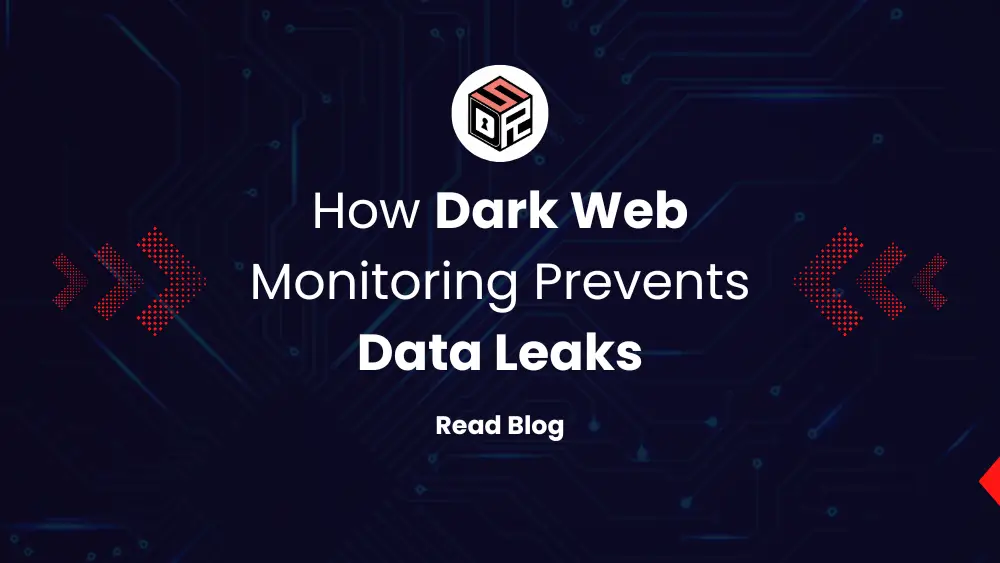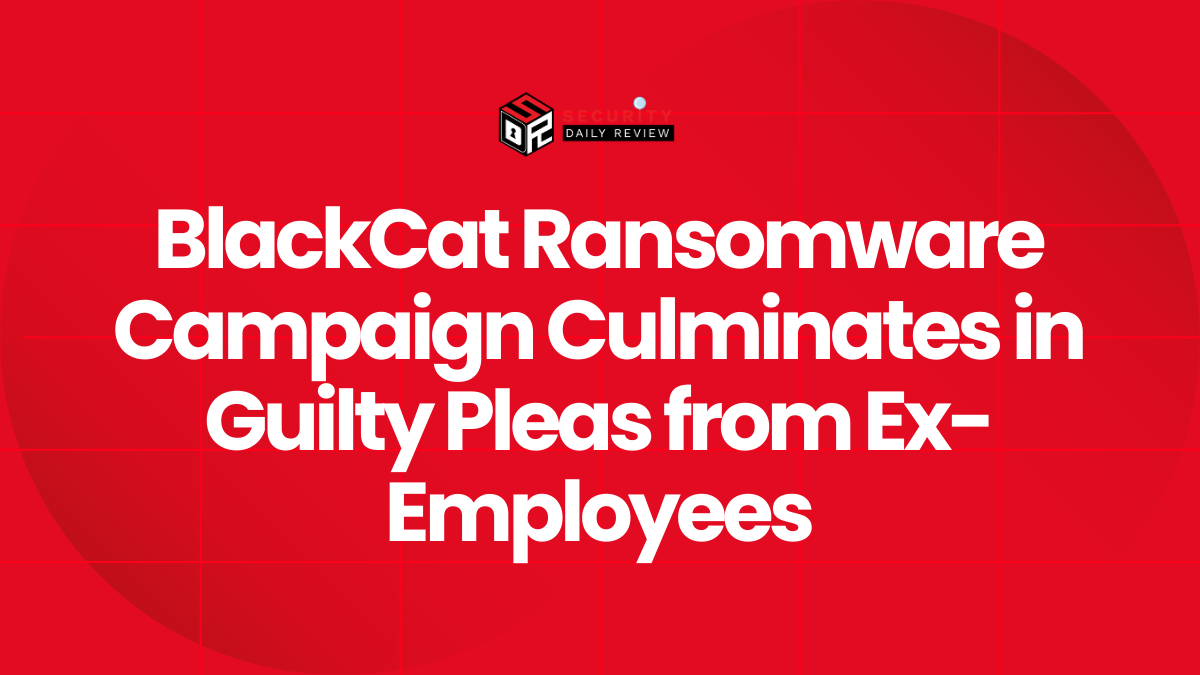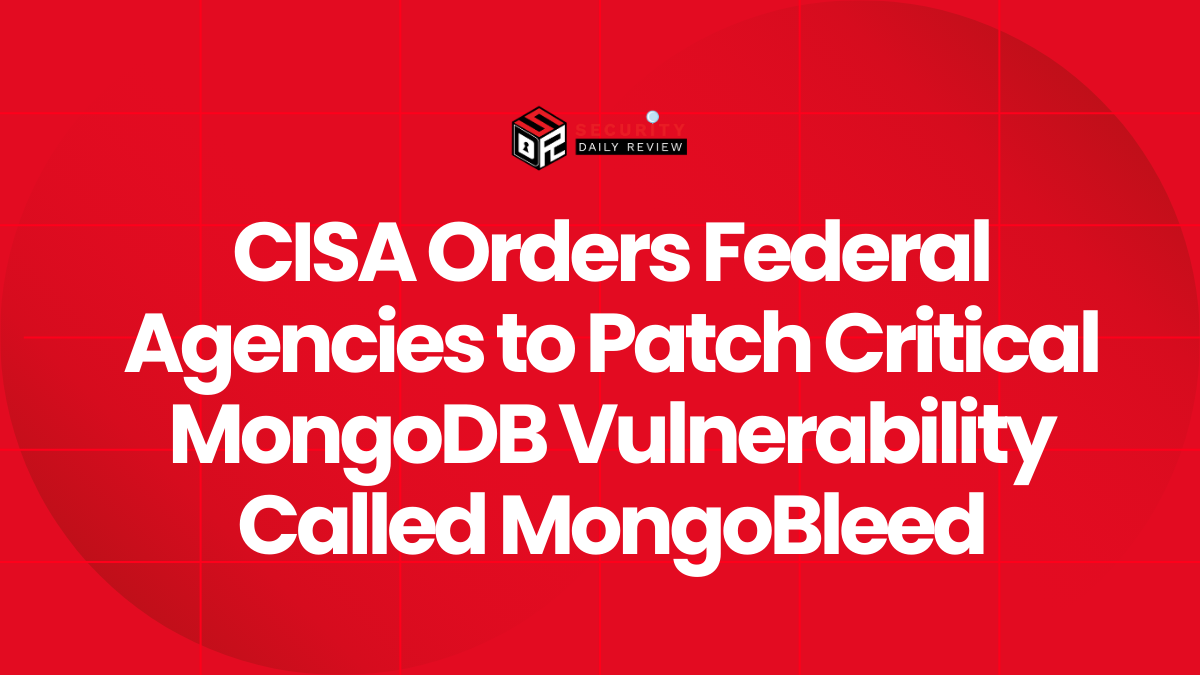The dark web has become a shadowy marketplace for stolen data. Login credentials, financial records, trade secrets – anything with value is bought, sold, and traded freely in these hidden corners of the internet. Through dark web monitoring, organizations can proactively scan these marketplaces to gain vital intelligence. Traditional security measures struggle to keep pace with increasingly sophisticated attacks. Breaches can go undetected, and stolen data disappears into the dark web with no way to track it.
Is Your Data Exposed on the Dark Web? Why Dark Web Monitoring is Crucial
The dark web harbors a hidden threat to organizations of all sizes. This shadowy corner of the internet serves as a marketplace for stolen data, where criminals can buy, sell, and trade everything from login credentials to trade secrets. While any organization can be a target, some sectors face a heightened risk due to the sensitivity of the data they handle.
Here’s why dark web monitoring is crucial for specific industries:
- Financial institutions, healthcare providers, and e-commerce platforms: These businesses hold a wealth of sensitive personal information, making them prime targets for cybercriminals. Data breaches can lead to financial losses, identity theft, and reputational damage. Dark web monitoring can help these organizations detect leaks of sensitive data early on, allowing them to take swift action to mitigate the damage.
- Technology companies: Intellectual property (IP) and trade secrets are valuable assets for tech companies. Criminals often target these businesses to steal this information for their gain. By monitoring the dark web, tech companies can identify attempts to sell or exploit their IP, enabling them to protect their competitive edge.
- Government agencies and critical infrastructure: These organizations manage essential data and systems, making them attractive targets for cyberattacks. A successful attack could have devastating consequences. Dark web monitoring provides these agencies with vital intelligence on potential threats, allowing them to proactively strengthen their defenses.
Monitoring dark web involves actively searching for and tracking any mention of an organization’s sensitive information across various hidden websites, forums, and platforms that exist on the dark web.
Similar to search engines that index the public internet, dark web monitoring tools crawl and index the dark web’s illicit venues using specialized dark web software.
These dark web “search engines” discover potentially leaked or compromised credentials, intellectual property, financial records, personally identifiable information, or other sensitive data shared online by cybercriminals.
How Dark Web Monitoring Tools Proactively Secure Your Data
Dark web monitoring tools work through continuously crawling and indexing various dark web data sources. These included hidden services, onion sites, and criminal forums across the dark web where cybercriminals congregate and buy/sell stolen information.
These tools employ powerful crawlers and web scraping technologies to search thousands of dark web data sources in near real-time, pulling any content or intelligence related to monitored organizations.
These tools perform real-time dark web scans and millions of dark web sites are scanned daily based on customized keyword lists like company names, email addresses, and other identifiers.
When these dark web monitoring tools discover relevant threats, an alert is automatically triggered and associates are notified.
Customized alerts can be configured to notify specific internal teams with details about the leak such as the dark web site it was found on and the type of compromised information.
Dark Web Monitoring Tools: Your Eyes on the Shadowy Market (Key Features Explained)
The dark web harbors a hidden marketplace for stolen data, posing a significant threat to organizations. Dark web monitoring tools act as your eyes in this shadowy space, offering several key features to bolster your security posture:
- Enhanced Threat Intelligence: Data from dark web scans is integrated with automated threat intelligence. This enriches your understanding of attackers, their tactics (TTPs), and related threats. With this deeper insight, you can conduct more effective investigations and proactively hunt for previously unknown threats.
- Proactive Threat Hunting: Dark web monitoring goes beyond basic detection. It provides additional data for threat hunters, offering valuable context to identify suspicious activity, attribute attacks to specific actors or campaigns, and uncover new threats before they escalate.
- Faster Incident Response: Dark web monitoring alerts feed directly into your incident response (IR) workflows, allowing for a quicker response to potential breaches. Early discovery of data exposures means faster remediation efforts and potentially less damage.
- Improved Security Ecosystem Integration: Dark web monitoring tools integrate with your existing security infrastructure, including SIEM, SOAR, and other tools. This enhances overall visibility across your security system, allowing for smoother detection, response, and incident management. This integrated approach strengthens your organization’s overall defensive posture.
Top Benefits of Dark Web Monitoring: Stop Threats Before They Strike
Early breach detection
- Dark web scans find compromised credentials/data sooner and allow for rapid incident response and containment to limit damage.
- Allows for proactive discovery rather than waiting to be reactively notified of exposures.
Strengthened threat prevention
- Dark web threat intelligence on active adversaries, their TTPs and planned operations enables security tuning to preempt future attacks.
- Threat monitoring dark web software helps detect signs of active BEC/phishing campaigns or lateral movement attempts within your environment.
Faster remediation and mitigation
- Dark web protection with quick identification of at-risk users and accounts speeds password resets, MFA enables, access revokes and other mitigations.
- Reallocating resources away from reactive firefighting toward proactive defense.
Reduced fraud and losses
- Catching fraudulent use of stolen employee/customer data in real-time through dark web scans thwarts associated costs of identity theft and financial reimbursements.
- Dark web scanners Lower security costs offset by avoiding downstream legal/financial fallout of undetected breaches.
Improved incident response
- Quicker triage of incidents using dark web data as context allows SOCs to prioritize and respond more efficiently.
- Dark web scanners help CONOPS by providing ongoing situational awareness of relevant threats.
Enhanced stakeholder assurance
- Demonstrates due diligence and security stewardship to customers, partners, and regulators amid stringent compliance requirements.
- Strengthens organizational resilience and reputation as a trusted entity.
From You to the Dark Web: How Your Data Gets Exposed
Personal information and sensitive data often end up on the dark web through malicious hacking and cybercrime operations. Common infiltration routes include phishing schemes, ransomware attacks, and other malware-infested payloads.
Phishing remains a popular vector, with cybercriminals crafting clever lures to steal login credentials and payment details through fraudulent emails and websites.
Malware is also widely used to infiltrate organizations. Once installed, various strains of info-stealing viruses, Remote Access Trojans (RATs) can quietly exfiltrate valuable data over time.
Vulnerable networks and lax security postures also leave the door open for credential harvesting. Criminals actively hunt for exposed RDP ports, weak passwords, and known exploits to gain the initial foothold needed to pilfer sensitive files.
Once stolen in bulk, these personalized records are carefully sorted, validated when possible, and packaged into full identity profiles known as “fullz.”
Individual identifiers like names, addresses, SSNs, financial account details, and other facts are bundled for discrete resale to the highest underground bidder or fraud rings. The stolen intel is then exploited for ongoing criminal schemes like payment muling or resold again in segmented pieces.
What it Means if Your Data is Found on the Dark Web
For organizations, a dark web exposure represents an intelligence and security failure.
Businesses are expected to secure customers’ private records. Discoveries of leaked or stolen info may result in investigations, litigation, and strained stakeholder trust. Prompt containment is important to limit damages and prevent additional exploits.
Here are the consequences if an organization’s information is found on the dark web:
Significant Reputational Damage
The discovery that customer, employee, or intellectual property data was leaked can severely damage an organization’s brand reputation for failure to protect sensitive information.
Increased Financial & Legal Risk
A breach exposes the enterprise to costly litigation from affected individuals and regulatory fines/penalties for non-compliance. Financial reimbursement for affected customers and losses from fraudulent use of exposed data can also be severe.
Operational Disruption
The time-consuming task of containing a data breach can hamper business operations, damage productivity, and consume resources that would be otherwise allocated to growth and strategic initiatives.
Regulatory Scrutiny
Failure to protect data can expose a company to liability and fines. Depending on the legal requirements in your jurisdiction, a breach may need to be reported to the authorities and affected individuals within specific time frames.
Customer Trust Erosion
Repeated incidents can erode customer confidence and trust in an organization’s ability to protect their data, potentially leading to customer churn and decreased market share.
Dark web protection through security monitoring and proactive breach remediation are critical to avoiding these risks and sustaining long-term success.
How to Protect Your Information on the Dark Web
Dark web protection begins with a comprehensive cybersecurity strategy that incorporates the following principles:
- Implement robust security measures, including multi-factor authentication (MFA) and encryption, to protect sensitive data.
- Regularly update and patch software to close vulnerabilities that cybercriminals could exploit.
- Monitor for unauthorized access and unusual activity on your networks and systems.
- Train employees on recognizing phishing attempts and other social engineering tactics used by cybercriminals.
- Use dark web monitoring tools to proactively search for compromised credentials and sensitive information.
- Develop an incident response plan to quickly mitigate the impact of a data breach if one occurs.
- Comply with relevant data protection regulations and industry standards to avoid legal repercussions.
Conclusion
The dark web poses a significant threat to organizations worldwide, offering a lucrative marketplace for stolen data. By implementing dark web monitoring and robust cybersecurity measures, organizations can better protect sensitive information and mitigate the risk of data breaches. Early detection and swift response are crucial in minimizing the impact of a breach and maintaining stakeholder trust. Stay vigilant and proactive in safeguarding your organization’s data from the shadows of the dark web.









